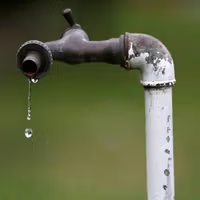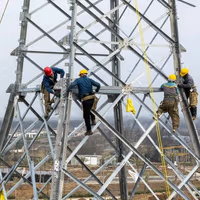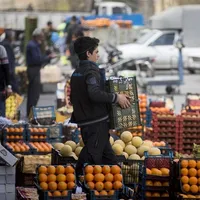“The water reserves of Mashhad’s dams have now dropped to below three percent, and although water consumption has somewhat decreased in the cold season, the current situation shows that consumption management is no longer just a recommendation, but an obligation,” managing director of the Mashhad Water and Wastewater Company, said in an interview with the state-affiliated Mehr News Agency.
“Total precipitation in Mashhad county has so far amounted to only 0.4 millimeters, while last year it was around 27 to 28 millimeters,” Hossein Esmaeilian added.
Esmaeilian said the exceptionally low rainfall highlights the worsening state of water resources across northeastern Iran.
Shifting responsibility onto the public
In recent weeks, as the water crisis has worsened, several Iranian officials have blamed the problem on public overconsumption, urging citizens to "pray for rain" and show greater "moral discipline."
Esmaeilian’s remarks came on the same day Iran’s energy minister, Abbas Aliabadi, announced nightly water cuts across the country and urged residents to install home water storage systems.
However, the cost of purchasing and installing home storage systems is beyond the reach of many Iranians, and earlier Iranian media reports said prices for the equipment have risen since the government urged the public to buy them.
Esmaeilian said the top priority now is for residents to save and manage water use to avoid supply disruptions over the next one to two months while hoping for rainfall later in the year.
He added that current water consumption in Mashhad stands at about 8,000 liters per second, of which only between 1,000 and 1,500 liters per second come from the dams.
He said that if residents could reduce their consumption by around 20 percent, it would be possible to manage the situation without water rationing or supply cuts.
Last week, Hassan Hosseini, deputy governor and special governor of Mashhad, said the government is reviewing a water rationing plan and that, if the drought continues, regional rationing will begin before the end of autumn.
Despite repeated warnings from experts over the years, Iran’s water management system has focused on building dams and drilling deep wells instead of investing in and maintaining infrastructure, often blaming the crisis solely on declining rainfall.










